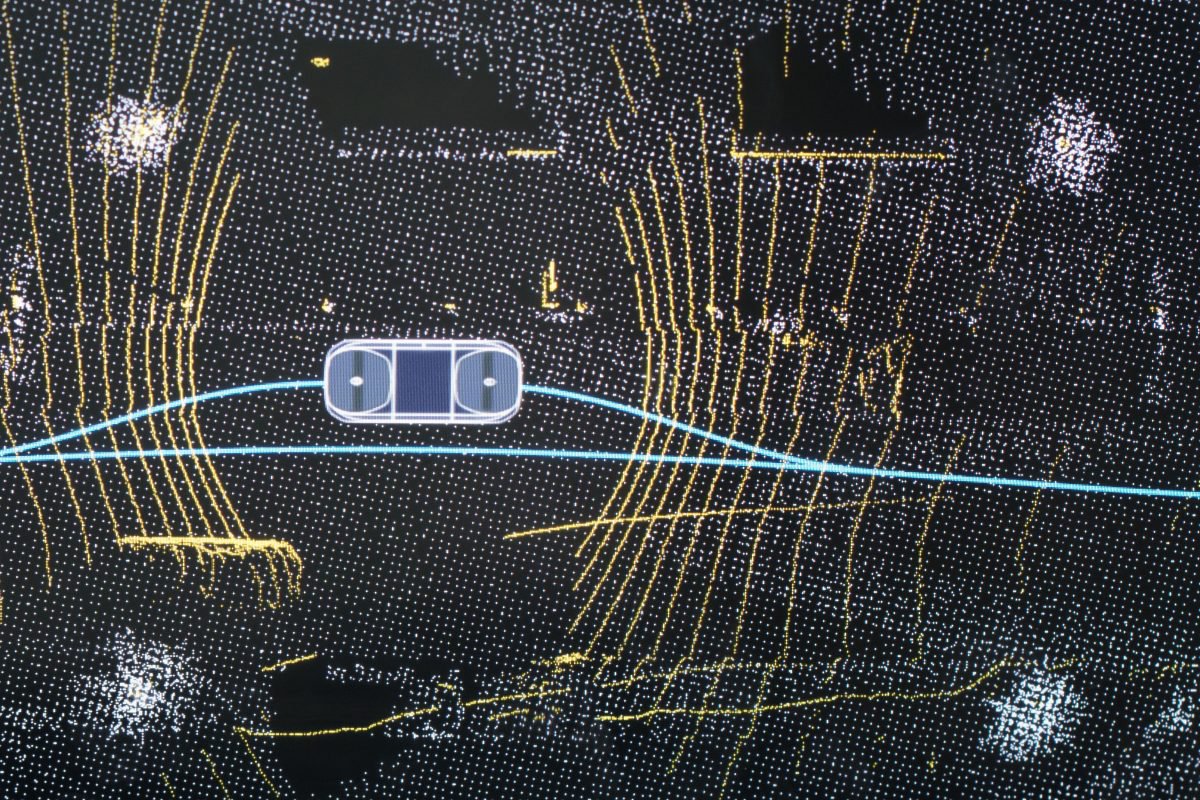Building the Future of the Automotive Industry With Video Annotation
Companies in the automotive industry are working on the vehicles of tomorrow which will be self-driving and fully automated. This requires lots of videos to be annotated which usually contain petabytes of data. While this is a very tedious and time-consuming task, it is necessary for the vehicle to properly drive on the road and abide by all laws and regulations. Let’s take a look at how video annotation is being used to create cutting edge self-driving vehicles and some of the technology that is involved.
LiDAR Technology
The data obtained from LiDAR scanners is very important because it serves as the basis for the Advanced Driver Assistance Systems (ADAS) in self-driving vehicles. Researchers use LiDAR because it is highly accurate and precise as far as object detection is concerned and it would not be possible to achieve full automation without LiDAR. There are different types of LiDAR scanners:
- Electromechanical LiDAR – This is considered by many to be the first LiDAR technology ever used in creating self-driving vehicles. However, there were many reasons why they were quickly replaced. They were bulky, broke easily and were costly to create. Basically, they would be placed on the roof of the car and would perpetually rotate to scan the surroundings.
- Solid State LiDAR – Unlike its predecessor, the Solid State device was created out of a single chip. Since all of the components were integrated inside the chip, took up a lot less space and were a lot cheaper to create. Such devices would be mounted on all of the sides of the vehicle and they would send laser photons in various directions, which would bounce off objects and back to the receiver.
Annotating LiDAR Images
LiDAR annotation can be challenging because it is a 3D representation of the surroundings, but on a 2D surface. However, annotation is made even more challenging because the people performing the annotation will have to work with lots of points. Very often such work could amount to millions of points, which may not be contained by certain surfaces or boundaries. LiDAR annotation is done by drawing boxes around objects, just like you would label regular images.
In addition to the challenges mentioned above, you must consider the time and labor costs of performing such annotations. If you have large amounts of data, it could prove costly and time-consuming to annotate everything. Still, LiDAR annotation is very important and must get done, which is why some companies are hiring some outsourcing assistance to help them annotate all of the LiDAR data.
Semantic segmentation
Even though the bounding boxes and cuboids are useful for teaching the machine learning algorithms to recognize their surroundings, there is another way to do this which is called Semantic segmentation. This method allows for a deeper level of description and understanding because when you draw a box around an image, there will be a lot of pixels included in the box that should not be there. Segmentation allows researchers to work past this by matching all of the pixels with an image. For example, pedestrians will be one color, trees another color, cars will be a third color and so on. This gives the machine learning algorithms a much more accurate description of the real world.
Let’s go one level deeper and look at Instance Segmentation. This is where you not only distinguish between objects that belong to a certain class, but you are looking to teach the machines to recognize certain objects as a particular instance. For example, not only will the self-driving cars be able to identify each human, it will also be able to identify people out of the entire class of people.
Looking to the Future
We are all anxious to see the self-driving cars become mainstream. However, for this to happen,, we have to be absolutely sure that they are able to recognize their surroundings with exact precision in order to avoid fatalities. Video annotation and all of the technologies involved are being used by researchers to teach the machine learning algorithms to properly identify and label everything that they see on the road. As this technology matures, expect to see the era of self-driving cars set in.
Posted by Il’ya Dudkin





